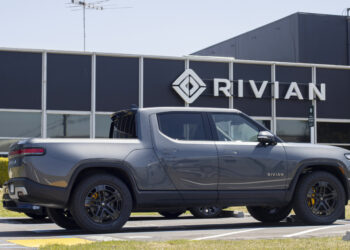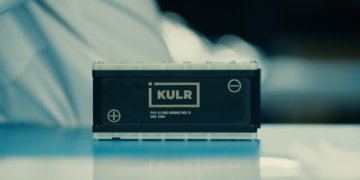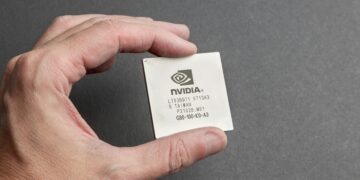Affordable Cosmetics Strategy Helps e.l.f. Gain Market Share Amid Weak Demand for Premium Brands
e.l.f. Beauty (ELF) is projected to report robust revenue growth of nearly 33% for the second quarter, outpacing industry competitors as budget-conscious consumers gravitate toward affordable cosmetics. The Oakland, California-based brand stands out against legacy beauty giants like Estee Lauder and L’Oreal, which have seen demand decline in key markets such as the U.S. and China as consumers shift away from high-priced products.
One of the key drivers of e.l.f.’s success is its extensive distribution across online platforms and physical stores, making the brand accessible to a wide audience. According to eMarketer analyst Sky Canaves, e.l.f. has effectively positioned itself in retail spaces where consumers are actively shopping, such as Walmart, Target, and Amazon. This contrasts with brands like Coty and Maybelline, which are more commonly found in department stores and are typically priced higher than e.l.f.’s offerings.
Analysts expect e.l.f. to report $285.8 million in sales for the quarter, a year-over-year increase of 32.6%, according to data compiled by LSEG. While this marks the slowest growth rate for e.l.f. in the past two years, it still significantly surpasses the performance of its competitors. Estee Lauder recently posted a 4.46% sales decline and withdrew its annual forecast, while L’Oreal missed quarterly sales estimates amid a greater focus on high-end products and softening demand in China.
Despite e.l.f.’s impressive track record, its stock has faced a substantial decline. After peaking at a record high of $210.90 in July, shares have dropped 51%, as analysts and investors question the sustainability of its growth rate in the U.S. market. According to Raymond James analyst Olivia Tong, while e.l.f.’s growth remains significantly above its peers, investors appear cautious in a challenging market environment.
e.l.f.’s affordable yet quality-focused product line continues to appeal to consumers who are mindful of spending but still want reliable beauty options. This positioning has allowed the brand to capitalize on the ongoing trend toward value-based shopping, further widening the gap between e.l.f. and its premium-brand competitors. The company’s ability to attract new customers and expand across retail channels has reinforced its standing as a resilient player in an increasingly competitive landscape.
With expectations set high for e.l.f.’s second-quarter report, the brand remains a unique success story, navigating a turbulent industry climate while delivering growth and capturing greater market share.
You might like this article:Trump Media Stock Soars on Election Speculation, But Volatility Looms











